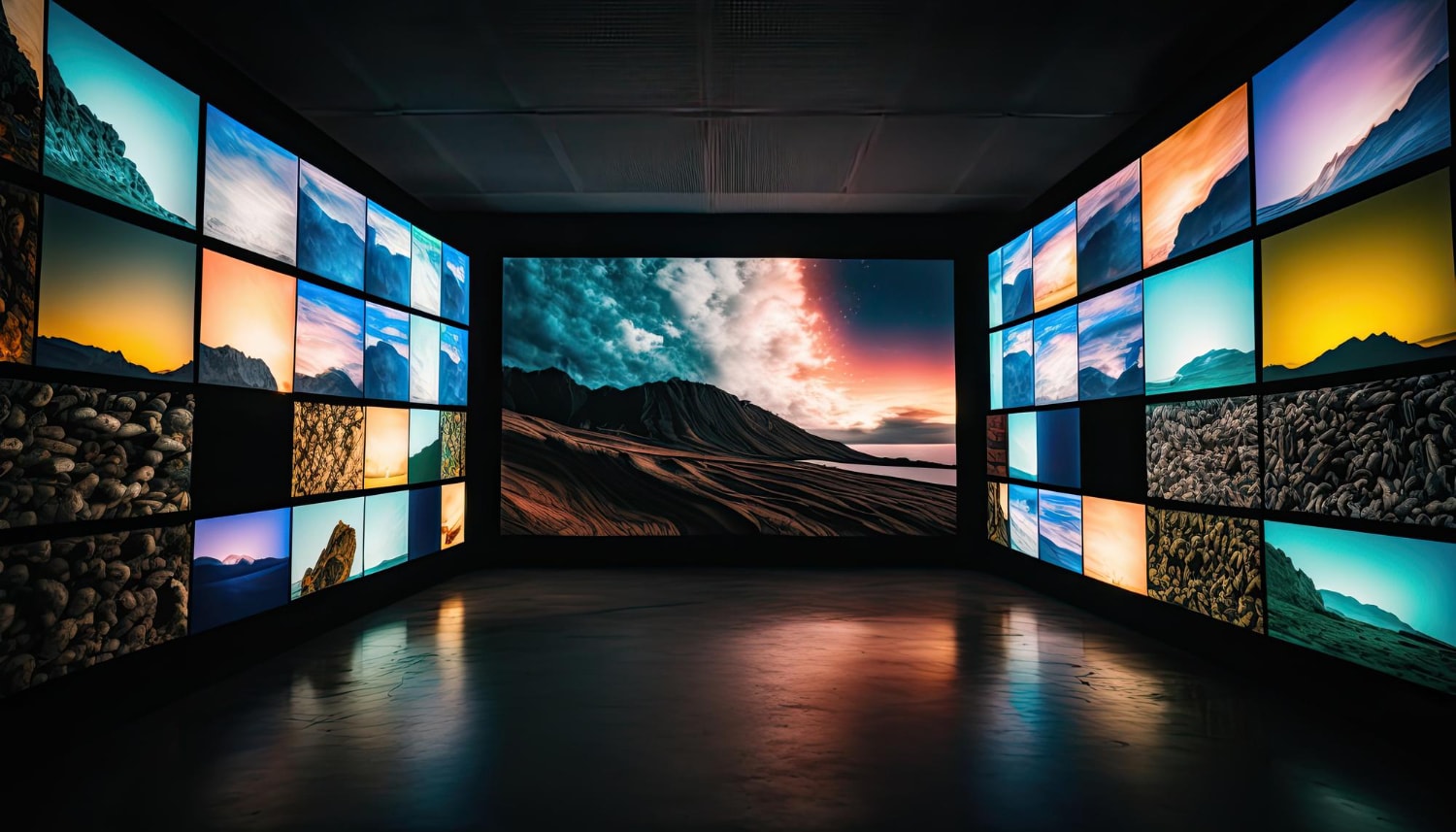Enhancing Aesthetic Impact Via Tactical Content Timing for LED Display Performance
Wiki Article
Enhancing aesthetic effect during LED wall performances requires careful planning and strategic visual timing. LED walls are potent tools for visual storytelling, often used in musical events, events, and displays. The efficacy of these screens relies not only on the quality of the images yet additionally upon how and when they are presented. By understanding the audience's attention span and the flow of the event, organizers can create a more engaging experience that enthralls spectators plus improves the overall performance.
One key element of tactical content timing is scheduling. It is vital to align the visuals with the rhythm and pace of the show. For example, during a musical performance, visuals should complement the beat and atmosphere of the melody. This alignment aids to create a unified encounter that pulls the audience in. Additionally, it is crucial to take into account the length of each image clip. Brief, impactful clips can maintain audience interest, while longer visuals may be suitable for moments of reflection or sentimental connection. By varying the duration and vigor of the images, organizers can keep the viewers interested during the performance.

Another important element is the material in question. The images displayed on the LED screen should be pertinent to the concept of the show. This pertinence aids to strengthen the message being conveyed and makes the experience more memorable for the viewers. For instance, if the performance is about environmental consciousness, using visuals that depict nature and wildlife can enhance the narrative. Furthermore, adding lively features, such as animations or engaging graphics, can add excitement and keep the audience's attention. The right content, shown at the appropriate moment, can considerably enhance the effect of the performance.
Viewer involvement is also a key factor in visual scheduling. Understanding the demographics and preferences of the audience can guide the selection of visuals. For example, a younger audience may respond better to vibrant colors and fast-paced motion graphics, while an mature audience might appreciate more subtle and sophisticated visuals. By tailoring the content to the audience's preferences, organizers can craft a more tailored experience that resonates with viewers. Additionally, adding viewer involvement, such as live polls or social interactions, can further enhance engagement and make the performance more interactive.
Finally, evaluating the efficacy of the visual timing is crucial for upcoming performances. Collecting responses from the viewers can offer insightful information into what was effective successfully plus what could be improved. This data can help organizers refine their strategies and make informed choices for future performances. By constantly evaluating and adapting the content scheduling approach, organizers can amplify the visual impact of LED screen shows and create unforgettable find out this here encounters for their viewers.